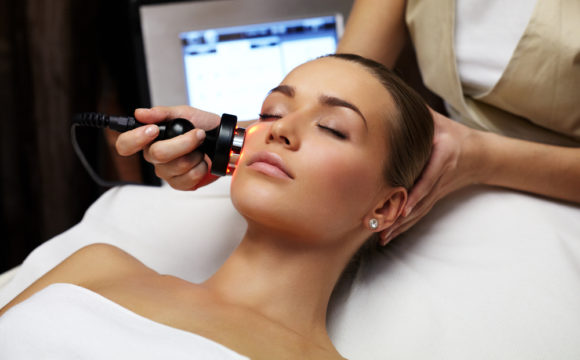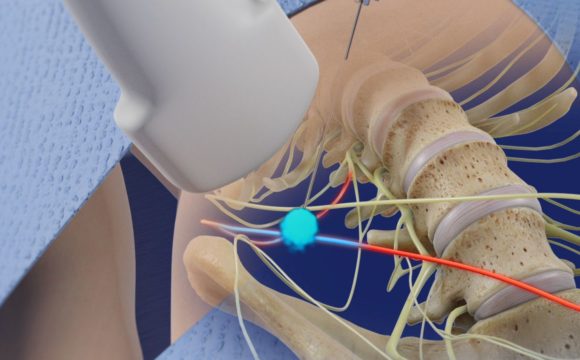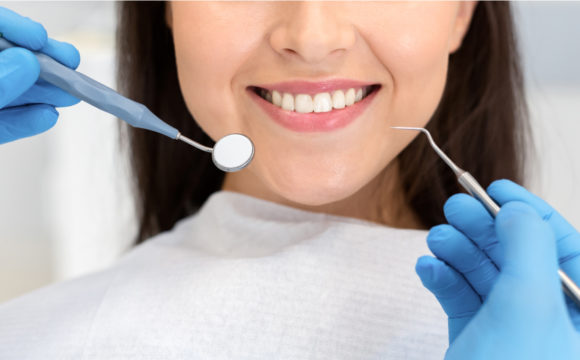The content and shape of a tendon can be improved with platelet-rich plasma therapy, but every treatment programme is unique. Firstly, not all tendons are created equal and their form and content might differ based on:
- Where in your body the ligament or tendon is located?
- The ligament or tendon function
- The nature of your injury
- Your biochemistry and age
These changes may increase the likelihood that some tendons may react to PRP therapy. You can get PRP-tubes from Germany from Plasmolifting Technologies, as this is the core product of this company.
Variations in PRP
The specific composition of platelet-rich plasma can differ, just as there are variations in tendon composition. The following describes these variations.
- Patient characteristics
Patients may have different blood types (such as different numbers of platelets)
- Concentration of platelets
PRP has 2.5 to 9 times as many platelets (150,000 to 450,000 per microliter) as normal blood. The amount of blood drawn, the person’s blood, the centrifuge process (such as rotation speed and duration), and other clinical preparation techniques all affect the platelet concentration.
Even though it might seem obvious that plasma with the highest potential platelet concentration would perform better than plasma with a lower platelet concentration that is not always the case.
- White blood cell count
White blood cells are essential for a strong immune system, but it is unknown how they will be used in PRP therapy. There are a few theories among researchers:
- White blood cells prevent tissues from healing.
- White blood cells have no adverse consequences and may even be helpful.
- Tissues other than joints may benefit from white blood cells.
The concentration of white blood cells is measured by the individual’s blood sample and clinical preparation techniques, just like the concentration of platelets.
- Additives
The PRP may receive some additives. These chemicals, thrombin and calcium chloride, cause the platelets to be artificially activated. Platelet clotting and platelet growth factor release are brought on by this activation.
According to certain researches, the additions improve the regeneration abilities of platelet-rich plasma. Without the use of extra additives, platelet activation may be produced by thrombin released by bleeding brought on by the needling injection and collagen found in tendons.
It is however, unclear how these elements affect PRP therapy’s efficacy.
Classifying PRP formulas
Comparing various research studies makes it difficult to tell whether PRP therapy is successful because the preparation and components of PRP injections might vary greatly.
To identify between different platelet-rich plasma formulations, some scientists advise the use of a classification scheme. A system like this could assist researchers in determining whether these variations are significant and, if so, what preparation techniques and formulas work best for particular conditions.
It can be difficult to determine the ideal ratio of platelets and white blood cells, and this ratio may change depending on the disease. Future studies may reveal that various medical problems require platelet-rich plasma that is prepared and composed differently.
For instance, one “recipe” might work best for treating tendinosis whereas another one might work better for osteoarthritis.








